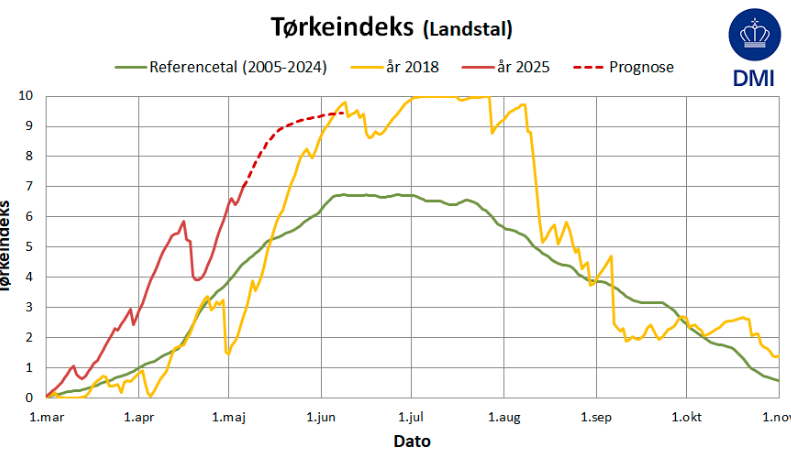Of the many social changes foisted on us by the pandemic, perhaps the most tectonic was the migration of the entire professional spectrum into the digital realm. Suddenly, unless your job required you to be on-location, it moved online.
The mysterious notion of working from home – hitherto reserved for fringe professionals: the obscenely rich and struggling artists – became an unglamourous norm.
It was an awkward transition for many, but none more so than young students. School is just as much a social experience as an academic one. In terms of growing your interpersonal skills, a Zoom meeting doesn’t cut it like a classroom does.
For young adults the impact of one lost year is huge. Though the curriculum might be largely unaffected, poorly managed e-teaching has had profound and lasting effects on many students’ attitudes towards learning.
Missing motivation
The most noticeable effect was the blow to motivation. Online, hardworking pupils began to underperform and became less concerned about slipping standards.
A survey conducted by the Student Experience in the Research University (SERU) in 2020 found that 76 percent of undergraduate students considered a lack of motivation to be the leading obstacle in online learning.
Similarly, a survey of US higher-education students conducted in April by Bay View Analytics found that “students, professors and administrators all ranked the same top three challenges impeding online learning success as ‘feelings of stress’ followed by ‘level of motivation’ and ‘having time to do homework’”.
Frederikke Schmidt, a 9th-grade student at Sønderborg International School, noticed her classmates’ lack of motivation, which she attributed to certain online teaching methods.
“Gone are the days when we would engage in class and discuss with the teachers. Nowadays we are given tasks, then sent off to finish them individually. Only occasionally do the teachers check how it’s going,” she told CPH POST.
Screen-time or scream-time?
Other oft-cited obstacles to e-learning in both the Bay View and SERU studies were ‘distracting study spaces’ and ‘lack of face-to-face interaction’.
School interiors are designed to be bright, ambient spaces that edify focus and creativity. In-person classes benefit from this atmospheric homogeneity as it encourages sharing and collaboration – but this is diminished online.
The fact that privacy, quietness, the right tools and, 2020’s hottest commodity, good WiFi are luxuries that not all students have access to at home, means it’s no wonder focus suffers.
That said, an ergonomic keyboard, noise-cancelling headphones and a private study suite full of natural light simply won’t compensate for the hard pill that online schooling is sometimes just … boring.
Hampered by lag and mic or speaker issues, lessons often move at a snail’s pace. Paying attention is barely necessary to complete tasks and, because the teachers can’t monitor students, there are no repercussions for cheating on tests or looking up answers.
It’s not all bad …
So it may be surprising that a recent student survey at Llandrillo College in Wales by the news aggregate site Inyourarea found that 93 percent rated the quality of online learning as ‘very good’. Notably, the college invested in tech-based resources like Chromebooks and smart devices to ensure students could connect with tutors.
The digitisation of learning has undoubtedly reshaped the way teachers and pupils connect – but some say that’s a good thing. Jessica Rowland Williams, the head of the expert network Every Learner Everywhere, hailed the out-of-the-box insights brought on by e-learning.
“The pandemic has given us a unique opportunity to pause and listen to each other, and we are beginning to discover all the ways [students’ and teachers’] experiences overlap,” she said.
In fact, a survey of teachers and their experiences online by the School Education Gateway (SEG) in April found that “the most pleasant surprise, mentioned by 38 percent of respondents, was innovation or freedom to experiment.”
Other positives were flexibility, the wide range of digital tools, accessibility of materials and resources, and increased autonomy and motivation among learners.
But can it compare?
Nevertheless, SEG underscored the major difficulties in involving pupils from disadvantaged homes, disaffected pupils, and supporting those with special needs or disabilities.
Additionally, “digital competence was reported as equally challenging for both pupils and teachers”, and assessing pupils’ progress was repeatedly listed as a key hurdle.
It seems nothing beats the real thing. Humanities teacher Oscar Manero at Sønderborg International School told CPH POST he’s relieved that students are leaving the screens behind and coming back to the classroom.
“I never got training for this kind of situation. There were factors affecting students thatI couldn’t control, completely unrelated to my teaching ability. I had no clue what I could do, and I know I wasn’t the only one,” he said.














